Lecture series explores how CU Anschutz accelerates innovation from battlefield to bedside
Maddie Ruppel sat with her service dog in the back of the auditorium filled with nearly 200 people, as Brig. Gen. Kathleen Flarity, DNP, PhD, described her as "fierce," "determined," full of "spark," and headed down an "unparalleled" military career path.
"She wanted to serve her country more than anything and was well-positioned to do so," said Flarity, the executive director of the Marcus Institute for Brain Health (MIBH) and co-founder and deputy director of the University of Colorado Center for Combat Medicine and Battlefield (COMBAT) Research. "She excelled in her studies at the U.S. Military Academy at West Point."
But Maddie's service time was cut short by a traumatic brain injury (TBI) sustained during close combat training, making her one of the 2.8 million Americans who suffer from a TBI every year.
Improving care for these patients is the MIBH and COMBAT center's mission, highlighted at the June 10 lecture at the CU Anschutz Medical Campus titled Military Medicine and the Mind: Bridging Battlefield Research and Civilian Care.
Even mild TBI cases can result in long-term, disabling health effects - from cognitive issues to an increased likelihood of suicide, Flarity said.
"For far too long, traumatic brain injuries have been misunderstood and poorly treated. And often they've been misdiagnosed as mental health issues because a lot of the symptoms that occur from a traumatic brain injury are similar."
With seven military bases within 45 minutes of CU Anschutz, Colorado is the right place for their mission of driving military innovation, said Vik Bebarta, MD, a colonel in the U.S. Air Force, founding director of the COMBAT center and interim chair of emergency medicine. "We have a rich history of serving the military that started in our roots as the U.S. Army's Fitzsimons General Hospital," he said.
"Our goal is to turn military medical gains into better healthcare for everybody through practice changes, policy changes and bedside solutions," said Bebarta, professor of emergency medicine at the University of Colorado School of Medicine. "We move with military fortitude, looking at innovation, speed and precision."
"TBIs alone are an independent risk factor for anxiety, depression, PTSD and suicide. They take a physical, emotional and cognitive toll." Kathleen Flarity, DNP, PhD
Even mild TBIs have lasting effects
Injuries to the head are labeled as mild to severe based on what happens at the time of impact, and whether there was a loss of consciousness or post-traumatic amnesia. But Flarity thinks such injuries are often mislabeled and misidentified.
"I have friends who have served who experienced 'severe' brain injury without lasting impacts," she said. "And I've known hundreds of people who have a mild traumatic brain injury and suffer every single day."
In the early 2000s, the wars in Iraq and Afghanistan resulted in a "signature" injury - a mild TBI caused by repeated exposure to the types of weapons employed. These weapons produce a high-pressure pulse that sends a wave of energy through the body and brain.
These cumulative low-level blasts and repetitive blast exposures can result in TBI. Unfortunately, for many military personnel, these TBIs go unrecognized. Once symptoms present, Flarity said they often receive a mental health diagnosis such as post-traumatic stress disorder (PTSD) rather than identifying and treating their TBI.
Flarity shared a study of 50,000 active duty and reserve personnel who, two years after TBI, still had issues with cognition, sleep, anxiety and depression. Interestingly, 89% of these TBIs in the study were considered mild.
"TBIs alone are an independent risk factor for anxiety, depression, PTSD and suicide," Flarity said. "They take a physical, emotional and cognitive toll."
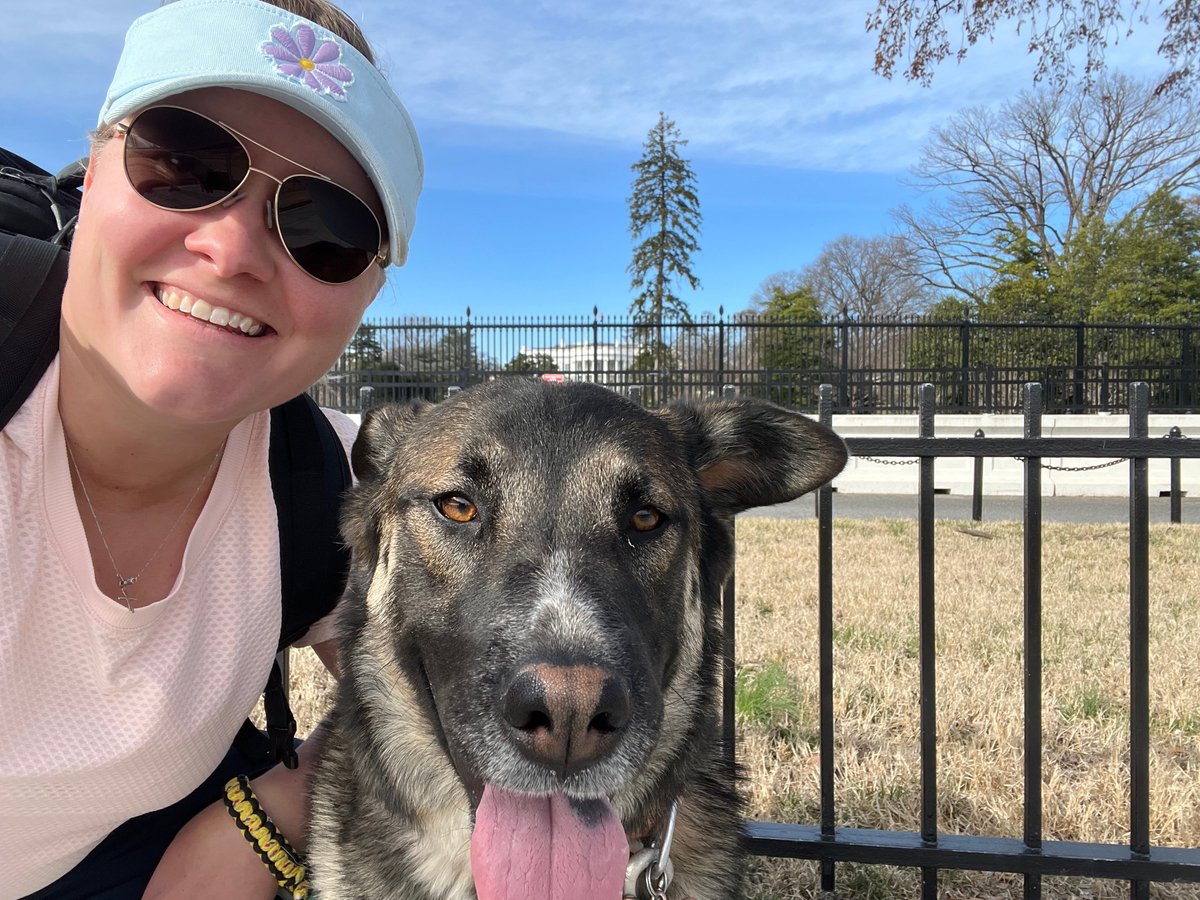
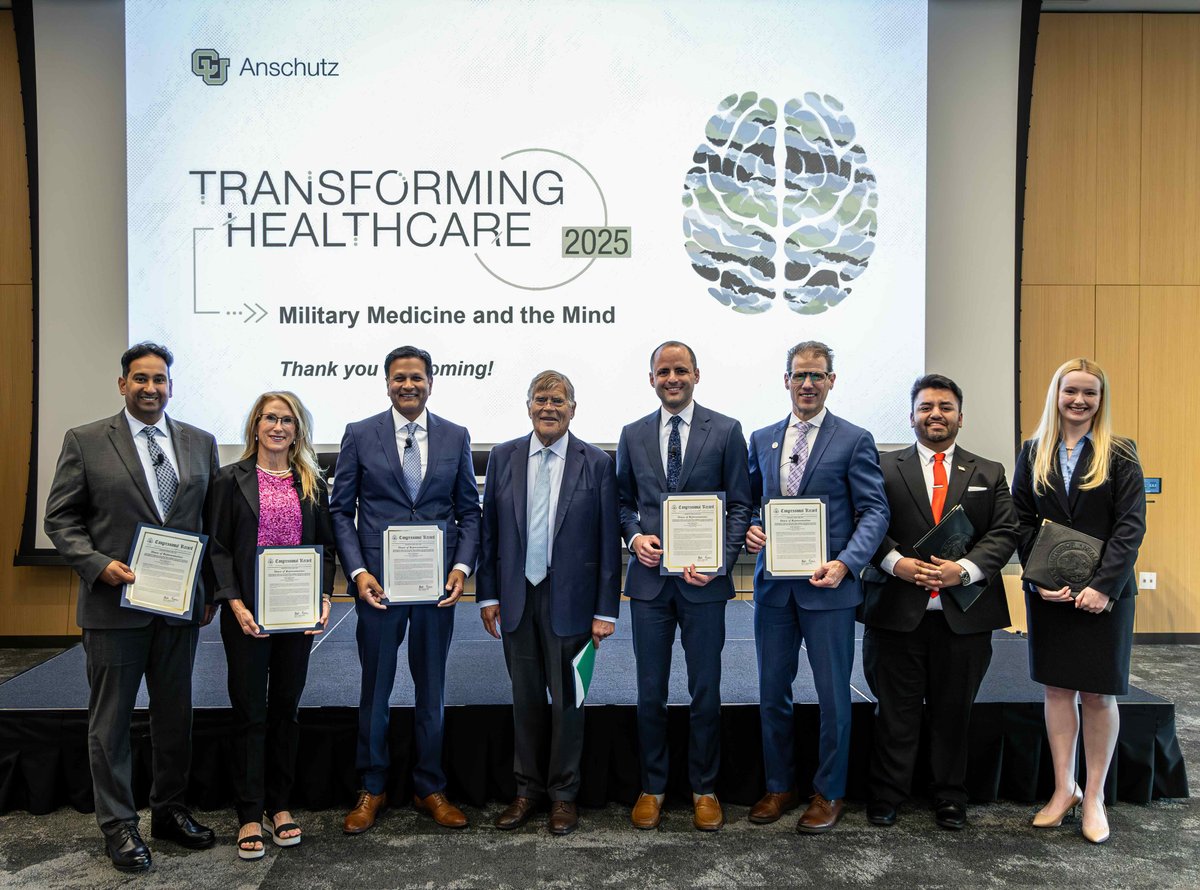
The Honorable Gabe Evans of the Colorado House of Representatives recognized the impactful work of CU Anschutz researchers in a formal proclamation from the House floor.
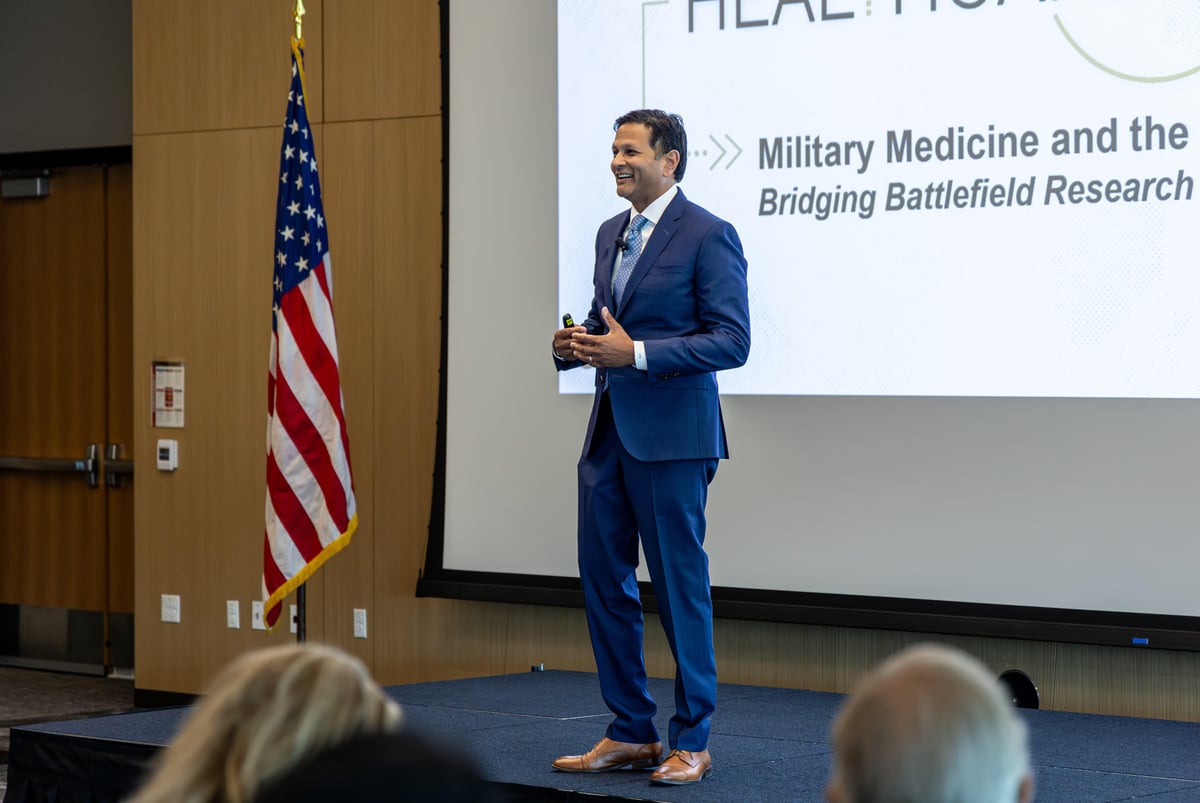
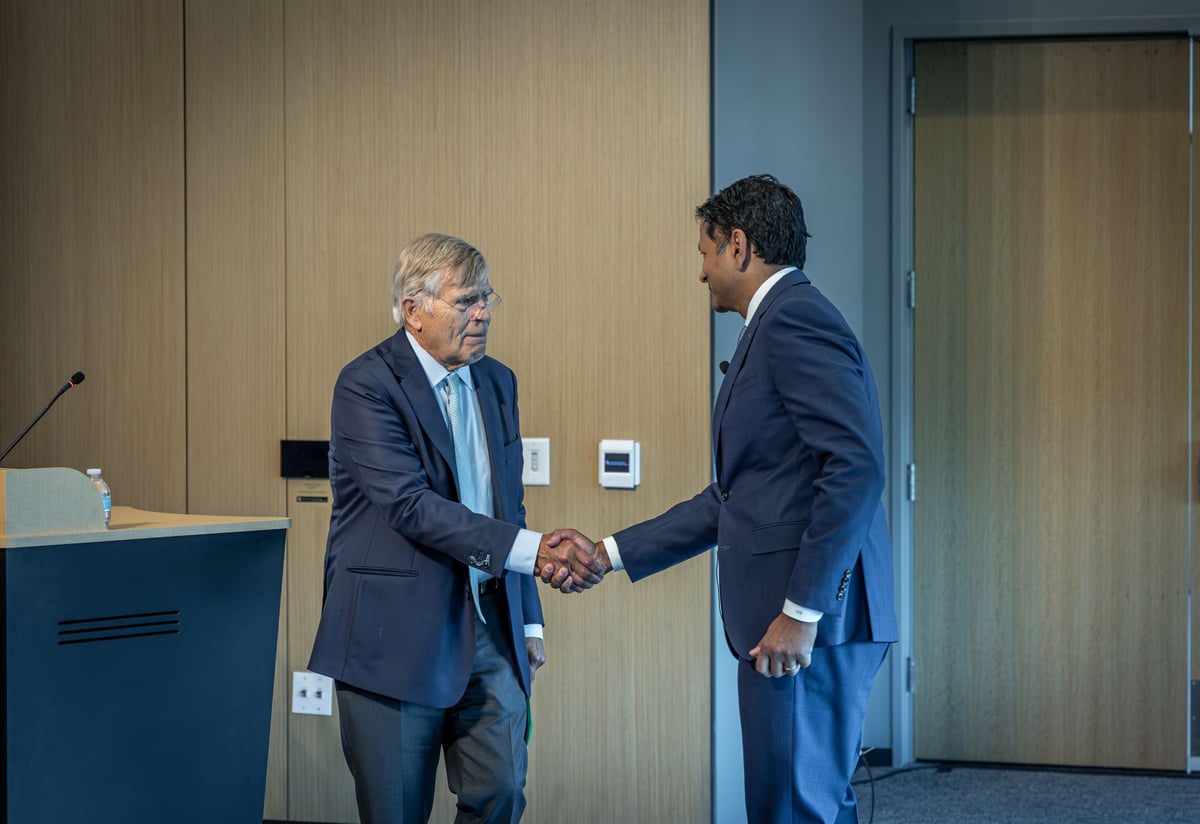
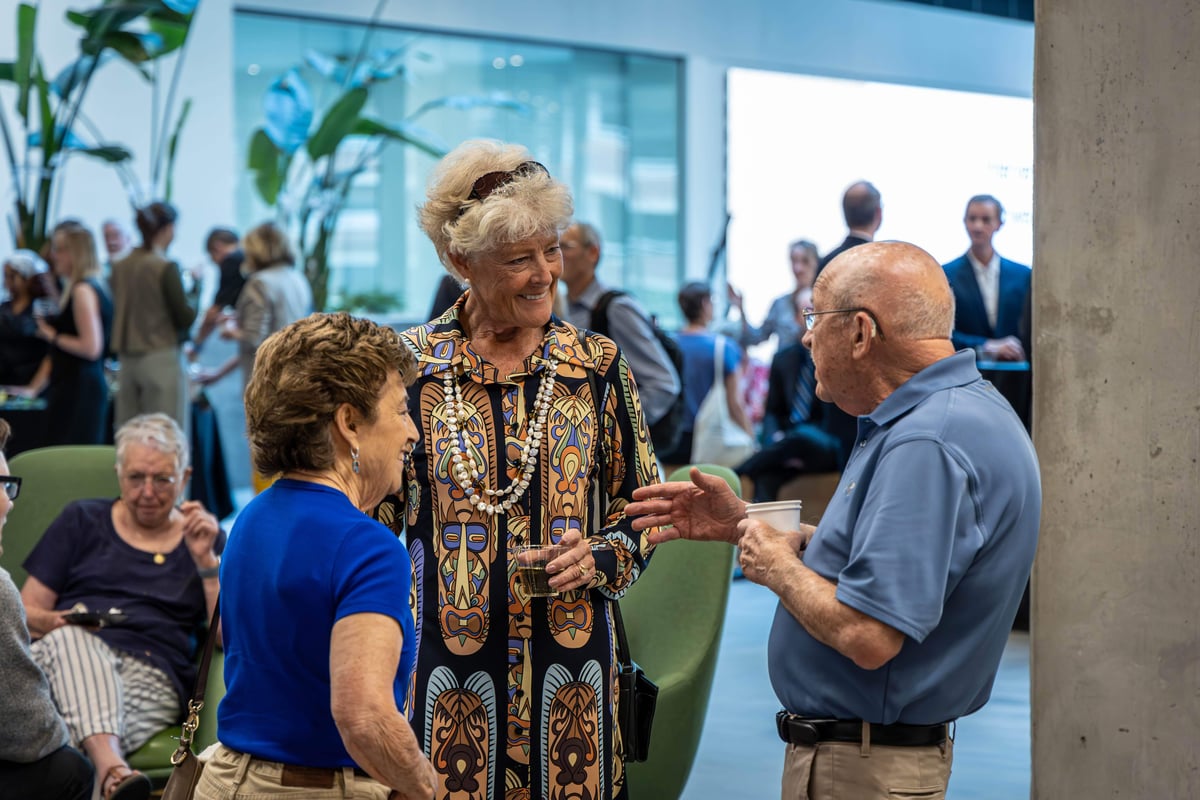
Unraveling the emotional, cognitive and physical triad
Jeff Hebert, PhD, PT, associate professor of physical therapy and a researcher at MIBH, shared a movie clip from The Hurt Locker as an example of how a person with TBI experiences dysregulation in the emotional, cognitive and physical triad, which governs the brain's automatic responses and ability to make decisions.
In a scene from the 2008 movie depicting active duty military personnel during the Iraq War, a character played by Jeremy Renner, who returns home after a year in combat, becomes overwhelmed by the choices at the grocery store.
"What you see is a character standing in the cereal aisle and experiencing a multisensory flooding of information that leads to confusion and frustration," Hebert said.
To better understand the factors contributing to chronic irritability in veterans, Herbert is studying two groups: veterans with a history of TBI and those without. The study examines how impairments in physical balance, auditory processing and pain sensitivity influence emotional dysregulation.
Hebert uses technology to assess balance and listening, combined with neuroimaging to see how the brain registers and processes sensory input. Early findings suggest that chronic irritability in veterans with prior TBI is associated with how their brains process sounds and persistent pain.
"We're looking to build a technology that helps veterans with a history of TBI to better function in society by reducing the visual flooding they perceive in busy environments." - Jeff Hebert, PhD, PT
Hebert explained another study at CU Anschutz that is examining cognitive and visual processes differences between the two groups using tests commonly used to research conditions such as schizophrenia and social anxiety. Early analysis shows that veterans with a history of TBI perform worse on certain cognitive tests compared to those without, particularly in areas like language fluency, verbal fluency, impulsivity and attention.
The study and others are helping researchers identify the differences in how signals move through brains with prior TBI, offering insight for future treatments. Hebert said it's work that's already begun with research partners at CU Boulder. His hope is to soon have technology similar to noise-canceling headphones, giving people who have experiences like Renner's character the ability to move through daily life without disruption.
"We're looking to build a technology that helps veterans with a history of TBI to better function in society by reducing the visual flooding they perceive in busy environments," Hebert said.
Delaying access to firearms saves lives
Three weeks before the lecture, a soldier enrolled in a PTSD clinical trial led by Ian Stanley, PhD. The soldier had awoken in the middle of the night in suicidal despair, Stanley said. He walked into his closet to open his gun safe with the intention of ending his life. His wife woke up when she heard the digital keypad on the safe, and she intervened.
His wife and the space it took to gain access to the firearm during a suicidal crisis saved his life, Stanley said.
"Suicide is now the leading cause of death among military service members. And that's why COMBAT is doggedly pursuing solutions," said Stanley, the psychological health lead for the COMBAT center.
Stanley emphasized that most service members live happy, healthy and productive lives. But the rates of suicide among active-duty military have shifted.
In 2007 - at the height of the wars in Iraq and Afghanistan - 211 service members died by suicide. Nearly 20 years later, that rate has increased by 50%, with 333 service members dying by suicide. In the general population, about half of suicides involve firearms. Among military members, this number rises to roughly 75% - mostly by personally-owned weapons.
The Pause to Protect program, founded at CU Anschutz, partners with civilian firearm businesses near military installations, providing free and discounted gun locks to service members, veterans, first responders and their families. The initiative is supported by the Department of Defense, clinicians and leaders in the firearm industry.
Science in service to something greater
The work of CU Anschutz is not just for the service members on the front lines. It's also for the family members who wait at home, as Flarity explained while sharing Maddie's mom's story.
"Maddie's mom, Jill, was searching," Flarity said, noting the mother's desperation to help her daughter when she reached out to CU Anschutz. "She was searching because Maddie was hopeless and suicidal."
Finding MIBH gave Maddie hope again after she was robbed of her life plan, Flarity said.
Maddie spent four weeks at MIBH, finding her path to recovery with the help of 13 specialists who validated her symptoms. Travel, food and housing on campus for patients is covered by grants and philanthropic donors, with kitchens stocked with brain-healthy food.
Maddie recently applied to CU to get a degree in social work. She will start in the fall, with hopes of someday returning to CU Anschutz as an employee to help others who share her experiences.
"We don't just treat the symptoms," Flarity said. "We treat the whole person - physically, cognitively and emotionally."
Flarity emphasized the value of the MIBH and COMBAT center for patients in Colorado and beyond, as well as the courage and vulnerability it takes for service members to go from trauma to resiliency.
"It's not a chink in your armor. It's not a weakness. It's okay to ask for help."
Where Operational Urgency Meets Scientific Rigor
It can take more than 17 years for 5% of research to influence patient care. CU Anschutz offers a faster path to impact.
"There's no luxury of waiting for solutions during an active conflict. The military needs solutions - now," said Adit Ginde, MD, MPH, professor and vice chair for research of emergency medicine at the CU School of Medicine.
An example of the nimble nature of COMBAT center's research and practical applications came directly from a military problem. Providing injured patients with oxygen is necessary in trauma care. But oxygen is heavy, explosive and logistically difficult to transport in combat zones.
Inspired by Air Force Special Operations and other military partners, Ginde, interim senior associate dean for clinical research and member of the executive committee in COMBAT center, and his team studied more than 12,000 patients across eight trauma centers. CU researchers partnered with Air Force Special Operations to study more than 13,000 patients across eight trauma centers. They found that giving only the necessary amount of oxygen (targeting 90-96% saturation) not only conserved supplies but also improved survival, reduced hospital stays and sped up recovery.
In short? Using less made care more efficient and safer. And the trial led to a shift in both military and civilian clinical guidelines. In just six years, Ginde's team has produced 10 clinical trials, 40+ publications and changed a dozen military clinical practical guidelines.
It's why the military tasked CU Anschutz researchers to study antimicrobial-resistant infections during active conflict. Together with partners across the globe, they've built an infrastructure within an active war zone and have already enrolled over 60 patients at three sites within two months.
"The COMBAT center is a destination to address key questions that no one else in the world is able to answer," Ginde said.
Watch the full presentation






